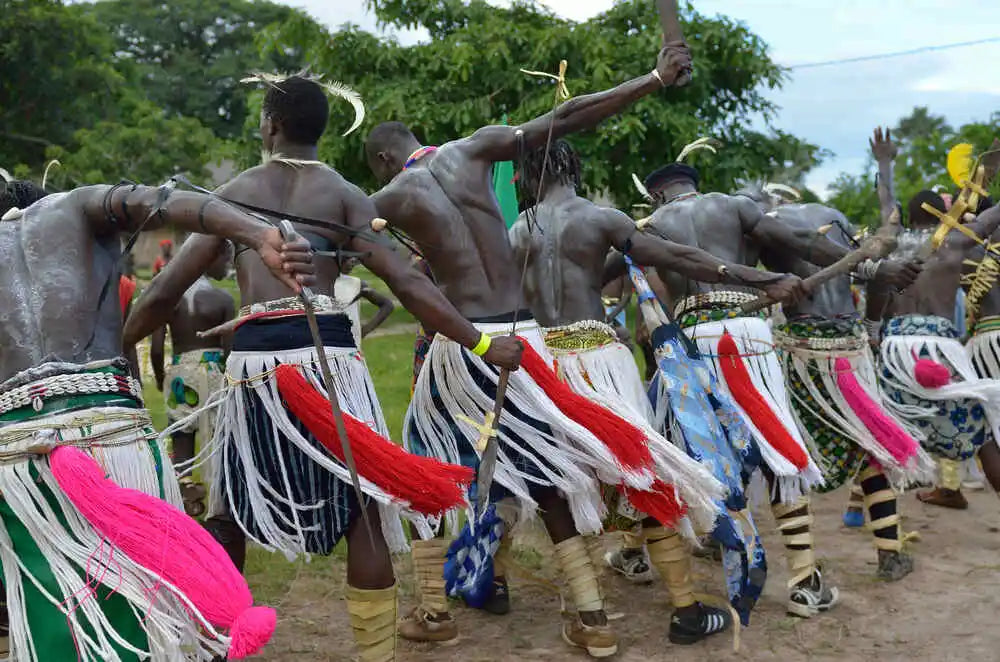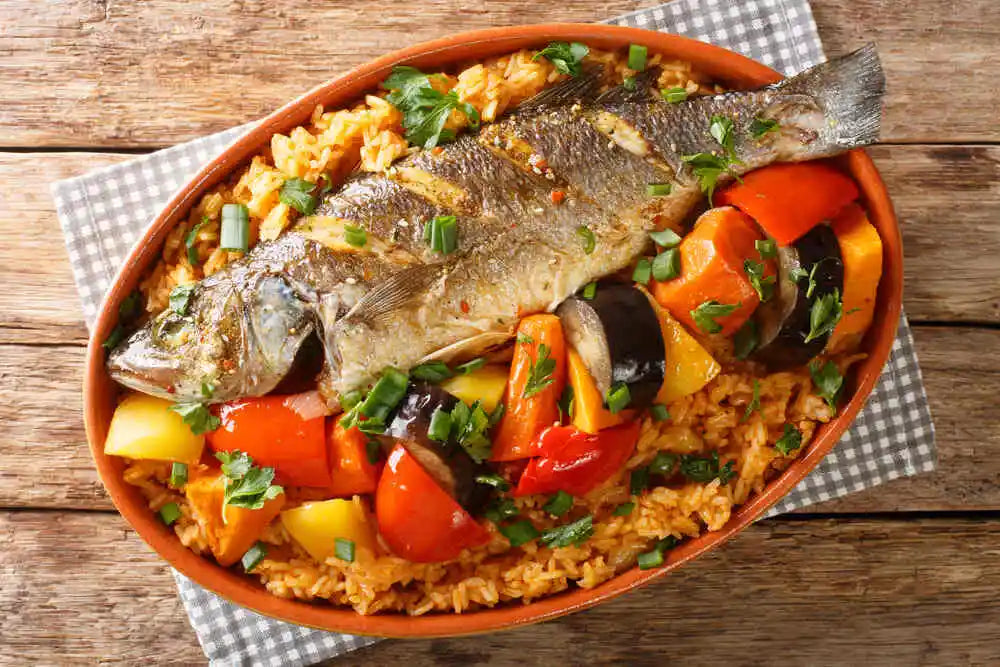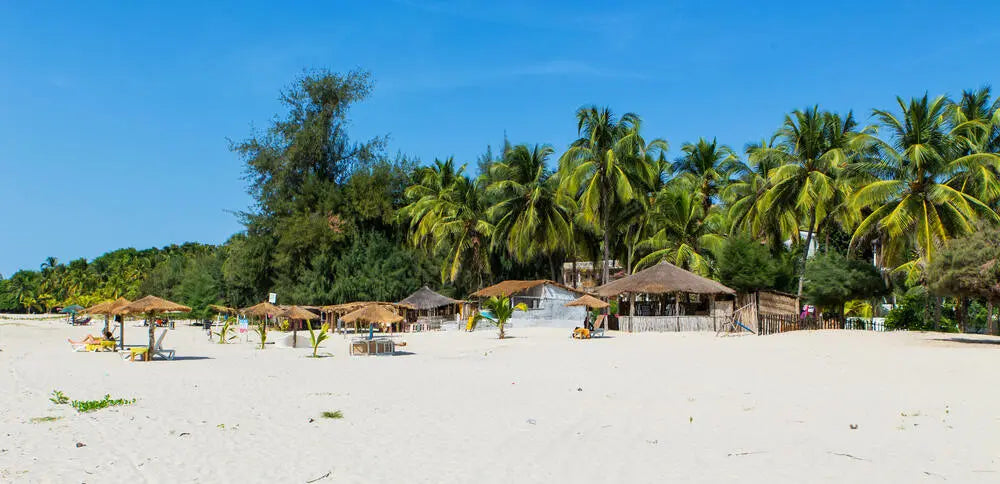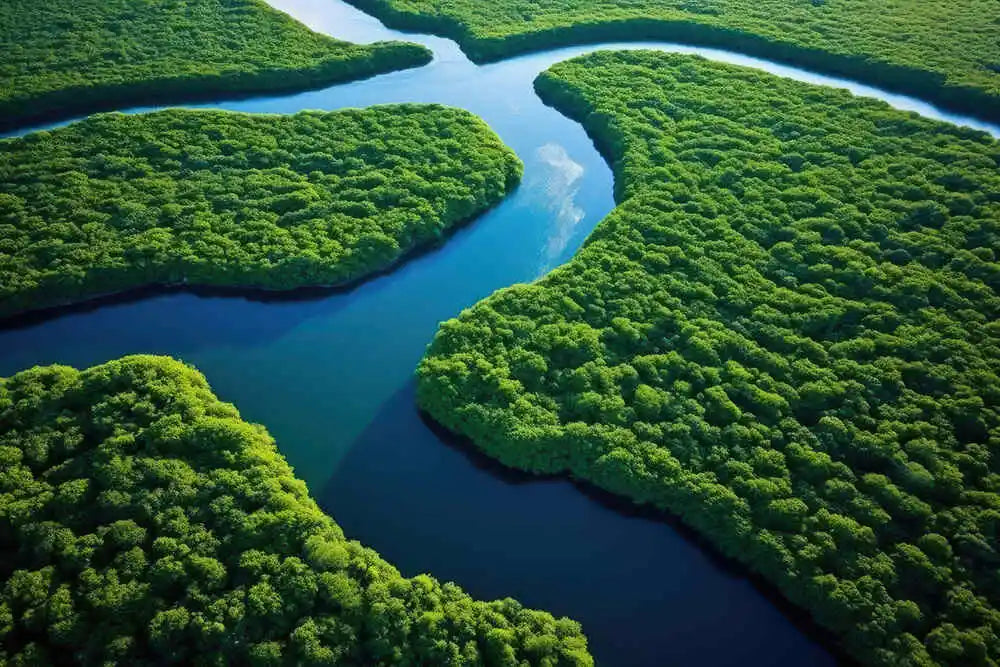Exploring Senegal: People, Culture, Geography, & Language

Senegal, a captivating country located on the westernmost tip of the African continent, offers a rich tapestry of cultures, languages, and landscapes that beckon travelers and scholars alike. Known for its diverse ethnic groups, vibrant traditions, and hospitable people, Senegal stands as a beacon of peace and democracy in Africa. This blog post delves into the essence of Senegal, exploring its people, culture, geography, and languages, painting a picture of a nation steeped in tradition yet dynamically engaging with the modern world.
People of Senegal
Senegal is home to a myriad of ethnic groups, each contributing to the country's social fabric with their unique customs, languages, and ways of life. The Wolof are the largest ethnic group, predominantly found in the north and the capital city of Dakar, and play a significant role in the nation's cultural and political spheres. Other major ethnic groups include the Fula (Fulani), Serer, Jola, and Mandinka, each with their distinct traditions and histories.

Despite this diversity, Senegalese society is characterized by its 'Teranga' – a Wolof term for hospitality – which reflects the deep-rooted sense of community and warmth towards guests.
Culture of Senegal
Senegalese culture is a vibrant mosaic of music, dance, art, and cuisine, deeply influenced by its ethnic diversity and historical interactions with other African nations, Europe, and the Middle East.

Music and dance play a pivotal role in social and ceremonial occasions, with Sabar drumming and Mbalax music being particularly popular.

The country is also renowned for its oral storytelling tradition, preserved by the Griots who are custodians of the community's history and culture.
Senegal's cuisine is a delicious blend of West African staples with French, Portuguese, and North African influences.

Dishes like Thieboudienne (a flavorful fish and rice dish) and Yassa (a marinated chicken or fish dish with onions and lemon) are must-tries for any visitor.
Geography of Senegal
Spanning over 197,000 square kilometers, Senegal's geography is as diverse as its culture.

The country boasts a varied landscape that includes dry savannahs, lush forests, and a 531-kilometer coastline along the Atlantic Ocean, offering stunning beaches and marine biodiversity.

The Senegal River in the north and the Casamance River in the southern part of the country are vital for agriculture, supporting the livelihoods of many communities.
Senegal's climate is predominantly Sahelian, featuring a hot and dry season followed by a rainy season, which shapes the agricultural calendar and daily life in rural areas.
Language of Senegal
While French is the official language of Senegal, reflecting its colonial past, the country's linguistic landscape is incredibly rich, with over 30 languages spoken across its territory. Wolof serves as the lingua franca, widely used in media, commerce, and as a second language by various ethnic groups. Other significant languages include Pulaar (Fula), Serer, Mandinka, and Jola, each playing a crucial role in the cultural identity and heritage of the Senegalese people.
Conclusion
Senegal, with its harmonious blend of cultures, languages, and traditions, offers a fascinating glimpse into the heart of West Africa.The country's commitment to peace, democracy, and hospitality makes it a unique destination for those looking to immerse themselves in African heritage and contemporary life. From the bustling streets of Dakar to the serene beauty of its natural landscapes, Senegal remains a testament to the resilience and vibrancy of the African spirit.


